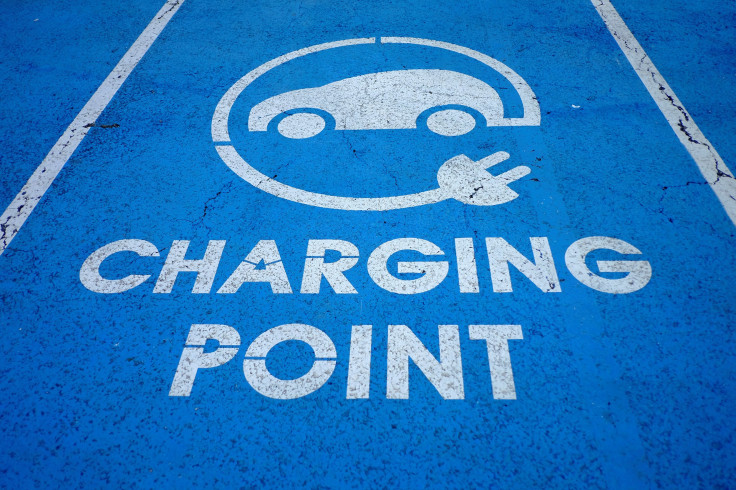Is Fast Charging Possible For Electric Cars? Supercapacitor Electrode Technology Hints That It Is

Both smartphones and electric cars are powered by batteries using similar technologies. But as you can imagine, the scale of batteries used in electric cars is much bigger than the ones used in smartphones, and these are charged using bigger electrodes called supercapacitive electrodes.
Read: Are Electric Cars Really Green? Europe Plans Charging Stations That Are Faster
Now a new research might make these supercapacitve electrodes cheaper and faster to charge. Researchers at the University of Washington have provided a solution for cheaper and faster charging for electric cars in a paper published in the Nature Microsystems and Nanoengineering journal Monday.
The researchers, headed by the University of Washington assistant professor of material science and engineering Peter Pauzauskie, have described a new method of manufacturing electrodes using carbon-rich materials dried into a low-density matrix called an aerogel.
The researchers used molybdenum disulfide and tungsten disulfide and treated both materials with high-frequency sound waves to break them up into thin sheets and incorporated them into the carbon-rich gel matrix. They could synthesize a fully-loaded wet gel in less than two hours, while other methods would take many days.
This aerogel can by itself act as an electrode, which has double the capacitance, i.e. the capacity to store charge of the batteries being used currently in electric cars.
Researchers claimed batteries made using this material will not only be quicker to charge but will also be cheaper than traditional batteries.
“In industrial applications, time is money. We can make the starting materials for these electrodes in hours, rather than weeks. And that can significantly drive down the synthesis cost for making high-performance supercapacitor electrodes,” Pauzauskie said in the paper.
The supercapacitor electrodes manufactured using this technology will have a larger surface area. Unlike traditional batteries which get electric charge from chemical reactions within, supercapacitors store positive and negative charges on their surface.
"Supercapacitors can act much faster than batteries because they are not limited by the speed of the reaction or byproducts that can form. Supercapacitors can charge and discharge very quickly, which is why they're great at delivering these 'pulses' of power," said Matthew Lim, one of the paper’s lead authors and a UW doctoral student in the Department of Materials Science & Engineering.
Read: EV Trends 2017: 5 Electric Cars To Look Out For Next Year
Use of electrodes made of aerogel will also result in better management of electric charge on cars.
"They have great applications in settings where a battery on its own is too slow. In moments where a battery is too slow to meet energy demands, a supercapacitor with a high surface area electrode could 'kick' in quickly and make up for the energy deficit," Matthew Crane, one of the researchers said.
So while smartphone charging has moved on to fast charging and quick charging technology, the charging system for electric cars is not far behind. The only challenge for using the technology was scale, which has been resolved by the research. More importantly, the use of the new charging technology for supercapacitive electrodes will result in cheaper electrodes and this in turn could also increase the lifespan of electric charging stations. It would make charging electric cars easier and possibly make them even more popular than they are now.
© Copyright IBTimes 2024. All rights reserved.





















